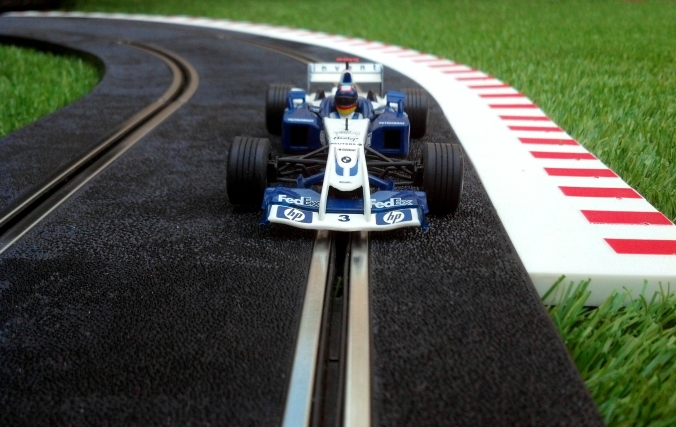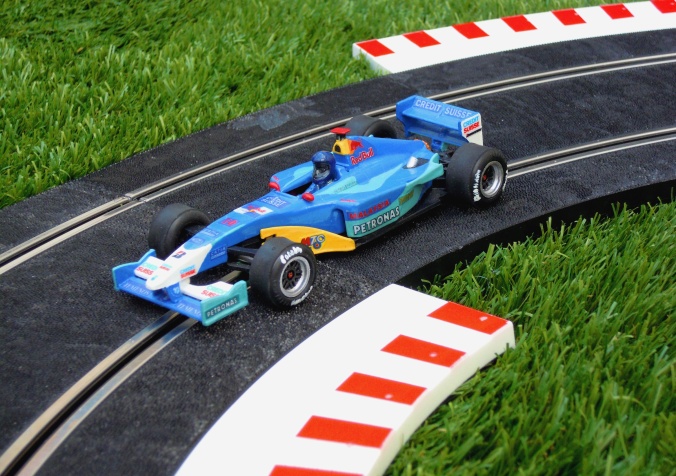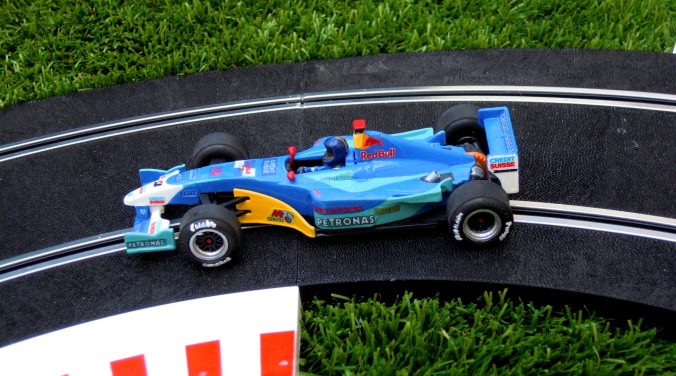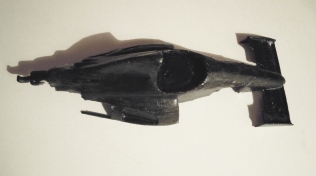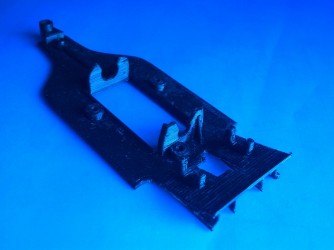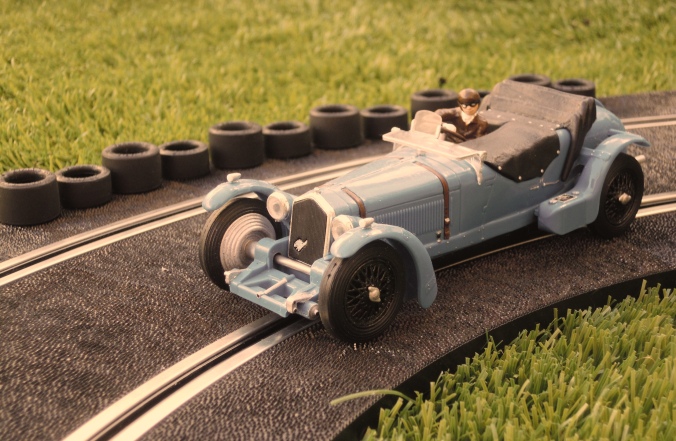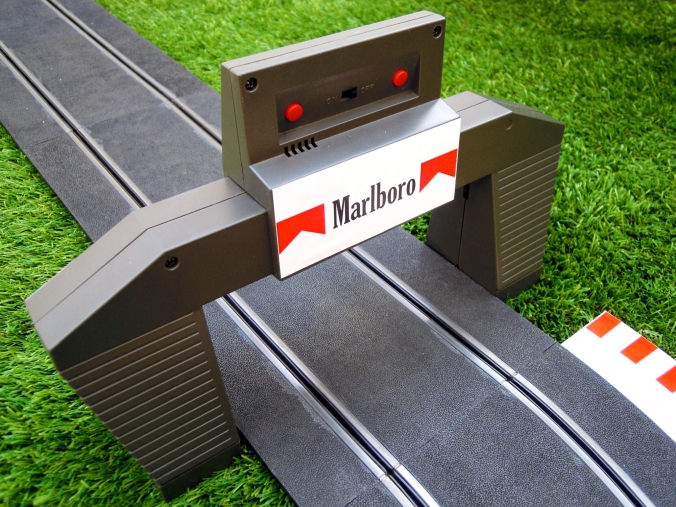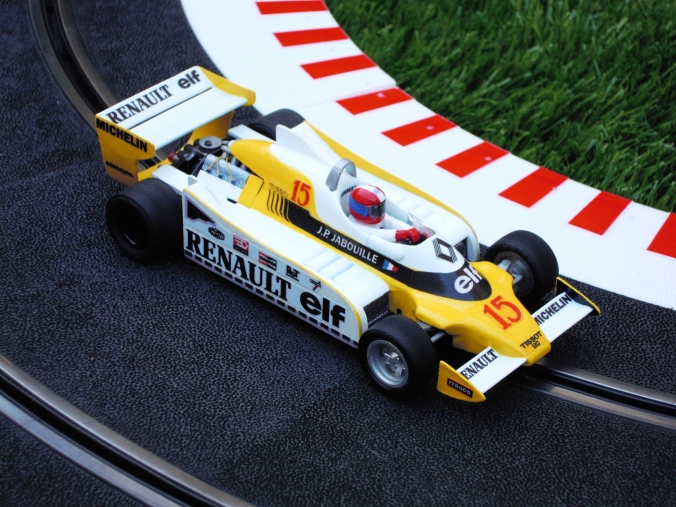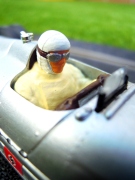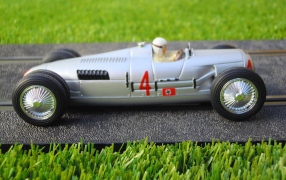Welcome again! I’m showing you today one of the most aerodynamically innovative cars of Formula 1 history. The Lotus 78 from 1977 and 1978 designed by the laureated F1 engineer Colin Chapman, and drove by the american F1 World Champion Mario Andretti.
With the wing car he was able to win the world title in 1978, powered by the famous Ford Cosworth DFV V8 engine.
The underside of both sidepods has an inverted wing profile design so the air is forced to pass through a smaller section being accelerated and therefore decreasing its pressure. That low pressure is maintained beneath the car thanks to a pair of skirts, acting like an endplate of the sidepods, and running almost skidding on the tarmac in order to not let the outside air be absorbed by the low pressure under the car.
This pressure difference between the underside and the upperside of the car is what pushes the car strongly against the road, allowing better cornering speed, harder braking, and more traction, all due to higher grip level because of downforce.
Not much to say about the model. Flyslot top level of details as usual, a poor steering effect, bad traction due to barrel tires (the only brand actually using them, which is a valuable point) and some details added like the helmet colours, and a dark green for the bottle on the suspension.
An incredible collectable but not a fast model to race. Anyway, I absolutely like this car and, as engineer, an unforgettable master piece in Formula 1 technical history.















































